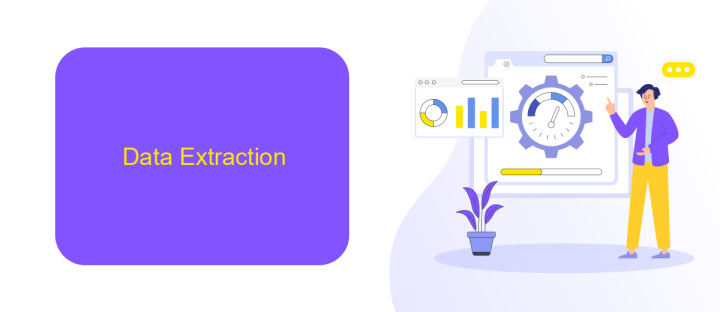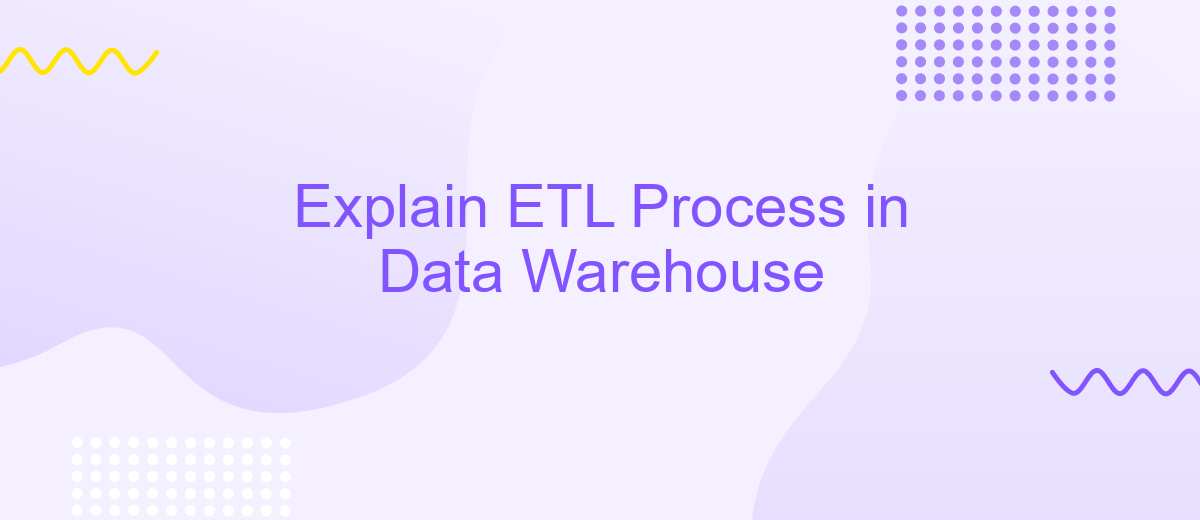Explain ETL Process in Data Warehouse
The ETL process—Extract, Transform, Load—is a cornerstone of data warehousing that ensures data is collected, refined, and made accessible for analysis. This critical procedure involves extracting data from various sources, transforming it into a usable format, and loading it into a data warehouse. Understanding ETL is essential for leveraging data to drive informed business decisions.
Introduction
The ETL process, which stands for Extract, Transform, Load, is a critical component in the architecture of a data warehouse. It involves extracting data from various sources, transforming it into a suitable format, and loading it into a data warehouse for analysis and reporting. This process ensures that data is consistent, reliable, and ready for business intelligence activities.
- Extract: Data is collected from multiple sources such as databases, APIs, and flat files.
- Transform: The extracted data is cleaned, enriched, and transformed to meet the business requirements.
- Load: The transformed data is then loaded into the data warehouse for further analysis.
Efficient ETL processes are essential for maintaining data quality and integrity. Tools like ApiX-Drive can simplify the integration process by automating data extraction from various sources and ensuring seamless data flow into your data warehouse. This automation reduces manual effort and minimizes the risk of errors, making it easier for organizations to leverage their data for strategic decision-making.
Data Extraction

Data extraction is the initial step in the ETL (Extract, Transform, Load) process, where raw data is collected from various source systems. These sources can include databases, cloud services, APIs, flat files, or web scraping. The goal is to gather all relevant data in a consistent and reliable manner, ensuring that the data is accurate and up-to-date. This step is crucial as it sets the foundation for the subsequent transformation and loading phases. Effective data extraction requires careful planning and consideration of the source systems' structure, data formats, and potential data quality issues.
To facilitate seamless data extraction, organizations often use integration tools and services. One such service is ApiX-Drive, which simplifies the process of connecting and extracting data from multiple sources. ApiX-Drive offers a user-friendly interface and pre-built connectors for various applications, making it easier to automate data extraction without extensive coding. By leveraging such tools, businesses can ensure a more efficient and error-free extraction process, ultimately leading to more reliable data for analysis and decision-making.
Data Transformation

Data transformation is a crucial step in the ETL process, where raw data is converted into a format suitable for analysis. This involves various operations such as data cleaning, normalization, and enrichment to ensure that the data is accurate and consistent.
- Data Cleaning: This step involves identifying and correcting errors in the data, such as missing values, duplicates, and inconsistencies.
- Data Normalization: Here, data is standardized into a common format to facilitate easier analysis and integration with other datasets.
- Data Enrichment: Additional information is added to the dataset to enhance its value. This can involve merging data from multiple sources.
Services like ApiX-Drive can be instrumental in automating the data transformation process. ApiX-Drive allows seamless integration of various data sources, enabling real-time data cleaning, normalization, and enrichment. By using such services, organizations can ensure that their data is always ready for analysis, saving time and reducing the risk of errors.
Data Loading

Data loading is a critical phase in the ETL process, where transformed data is moved into the data warehouse. This step ensures that data is available for analysis and reporting. Efficient data loading is essential to maintain the performance and reliability of the data warehouse.
There are various methods to load data into a data warehouse, including batch loading, real-time loading, and incremental loading. The choice of method depends on the specific requirements and constraints of the organization.
- Batch Loading: Involves loading large volumes of data at scheduled intervals.
- Real-Time Loading: Data is loaded as soon as it is available, providing up-to-date information.
- Incremental Loading: Only new or updated data is loaded, reducing the load time and resource usage.
Tools like ApiX-Drive can facilitate seamless data integration and loading processes. ApiX-Drive offers automated workflows that connect various data sources, ensuring timely and accurate data loading into the warehouse. By leveraging such tools, organizations can streamline their data loading operations and improve overall data management efficiency.


Data Validation
Data validation is a critical step in the ETL process, ensuring the accuracy and integrity of data before it is loaded into the data warehouse. This process involves verifying that the data extracted from various sources complies with predefined standards and business rules. Common validation checks include data type validation, format validation, range checks, and referential integrity checks. These checks help identify and rectify any inconsistencies, duplications, or errors in the data, thereby maintaining the quality and reliability of the data warehouse.
To streamline data validation, organizations can utilize integration services like ApiX-Drive. ApiX-Drive offers automated solutions for connecting various data sources and performing real-time validation, reducing manual efforts and minimizing the risk of errors. By leveraging such tools, businesses can ensure that their data is consistently accurate and up-to-date, facilitating better decision-making and operational efficiency. Implementing robust data validation mechanisms is essential for maintaining the trustworthiness of the data warehouse and supporting the overall data management strategy.
FAQ
What is ETL in the context of a data warehouse?
Why is the ETL process important for data warehousing?
What are the main steps involved in the ETL process?
How can automation tools assist in the ETL process?
What are some common challenges faced during the ETL process?
Routine tasks take a lot of time from employees? Do they burn out, do not have enough working day for the main duties and important things? Do you understand that the only way out of this situation in modern realities is automation? Try Apix-Drive for free and make sure that the online connector in 5 minutes of setting up integration will remove a significant part of the routine from your life and free up time for you and your employees.

